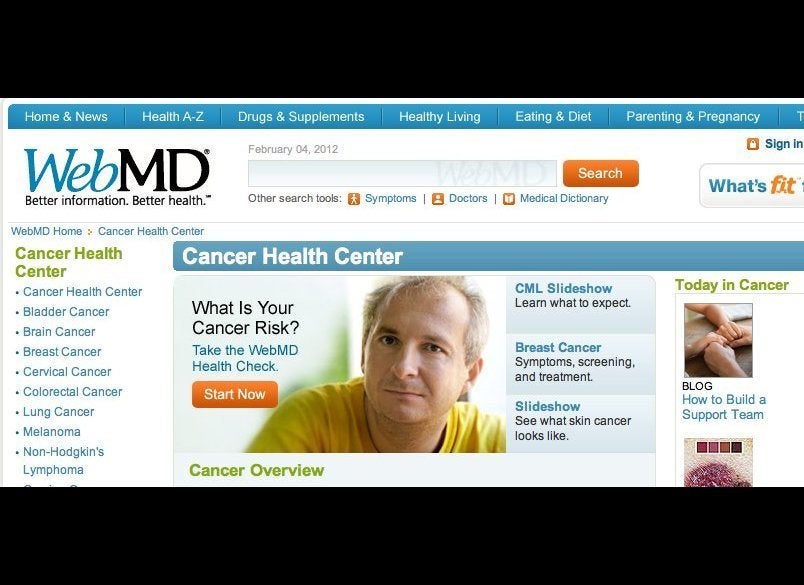Whether you’re signing up for the first time or switching plans, understanding enrollment in Medicare Part D is vital to saving money and ensuring you get the right medications in the fastest, most convenient manner. For insight into the process, we spoke to Jack Hoadley, Ph.D., a prominent health policy analyst and Director of the Center for Medicare and Medicaid Research at Georgetown University. He gave us these valuable tips.
1. Understand the penalty fees for not enrolling.
You may choose not to enroll in Part D. Maybe you don’t take any prescription drugs, or perhaps you’re covered by your job for now. Whatever the reason, you should be aware of the potential late penalty, imposed if you go more than 63 days without any creditable coverage, a.k.a. coverage that’s equal to or better than what you would receive with Part D. It’s estimated by multiplying “1% of the ‘national base beneficiary premium’ ($34.10 in 2016) times the number of full, uncovered months you were eligible but didn’t join a Medicare Prescription Drug Plan,” according to Medicare.gov.
Even worse, the penalty isn’t a one-time fee. “It grows every month you wait.” says Hoadley. “It goes on forever. It’s a percentage based on the average premium. You would pay that fee every month you’re in it for the rest of your life. It’s a pretty strong incentive [to enroll].”
2. Use your resources!
”If a person is comfortable going online and using the Plan Finder at Medicare.gov, that often is the best way to shop among available plans,” says Hoadley. The finder allows you to enter your prescriptions, search local pharmacies, and ultimately, compare the cost of plans in your area, which are rated on a five-star basis. Comprehensive and relatively easy to use, there are few better Medicare resources.
For those not comfortable with the internet, there’s the 1-800-Medicare number, where you can speak to a representative who can explain terms and help you choose a plan. If you prefer face-to-face meetings, there’s the State Health Insurance Assistance Program (SHIP), whose local offices provide Medicare enrollees with free counseling. SHIP can be especially helpful if you qualify for financial assistance. “We know people who are eligible for subsidies who never apply, and the counselors can help you with that,” says Hoadley. “For people whose income is low, the subsidy is quite valuable. It can eliminate premiums completely, drastically reduce cost-sharing, and eliminate the donut hole.”
3. Have your list of drugs prepared.
However you decide to research your Part D options, it’s vital to have a list of your medications handy, since they will ultimately determine your costs. If you sign up online, “[You] want to have a list ready of all the drugs you take, with the exact names and dosages,” advises Hoadley. “Gather up all the pill bottles. Enter in the drugs, and the pharmacy you use to fill those drugs, and the Plan Finder does all the arithmetic for you, and identifies the best plan.”
4. Re-evaluate annually if possible.
In terms of price changes for 2016, initial deductibles are expected to rise from $320 to $360, and out-of-pocket costs will rise from $4,700 to $4,850. The number of Part D plans available may change, too. Between 2014 and 2015, the number of Part D plans dropped from 1,169 to 1,001. Nine of the top ten stand-alone plans saw big jumps or reductions in cost.
Those changes illustrate why it’s so important to review your Part D plan, “if not every year, than every couple of years,” says Hoadley. Prices, formularies, and even the very existence of your plan can change drastically. So, annually during the standard enrollment period—October 15 to December 7—”Go back in the Plan Finder, and do the basic check with your current drugs and find the least expensive plan. If you find the difference is only a few dollars a year, it might not be worth it. But if it’s a few hundred, it might be.”
5. Check for special enrollment dates.
Finally, if you miss the enrollment period—again, October 15 to December 7—due to a special situation, look into alternative dates. “There’s a special enrollment period available if you move or experience other life-changing situations,” says Hoadley. “It’s always worth asking questions about special enrollment periods. Go to a counselor, call the 1-800 number, and explain your circumstances.”
For more about choosing the right Part D, head to the Center for Medicare and Medicaid Research, The Kaiser Family Foundation, or Medicare.gov.
Also from Grandparents.com:
